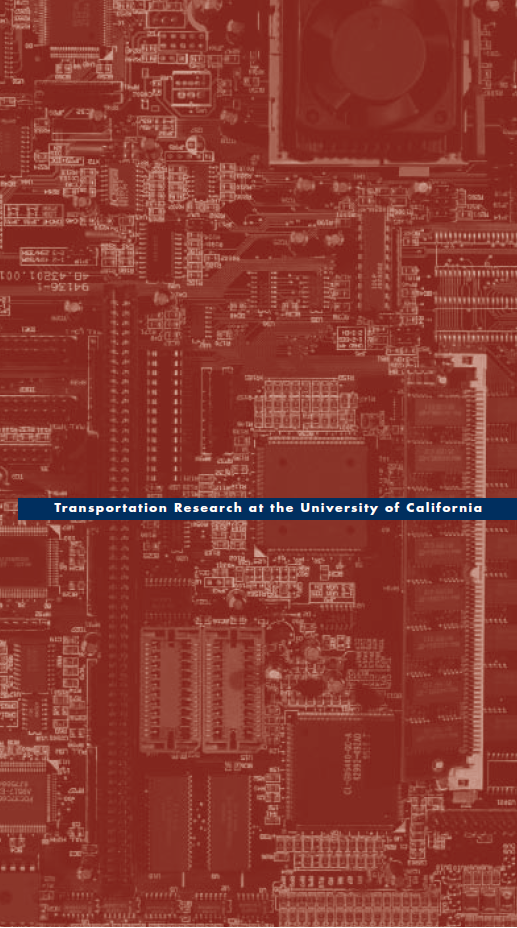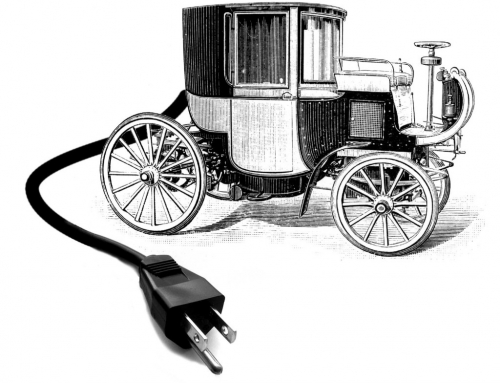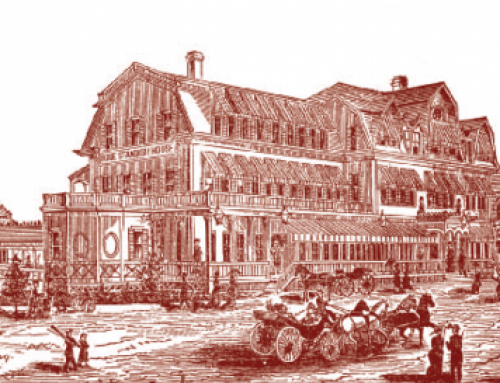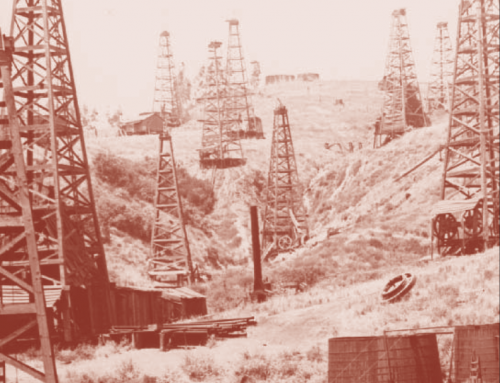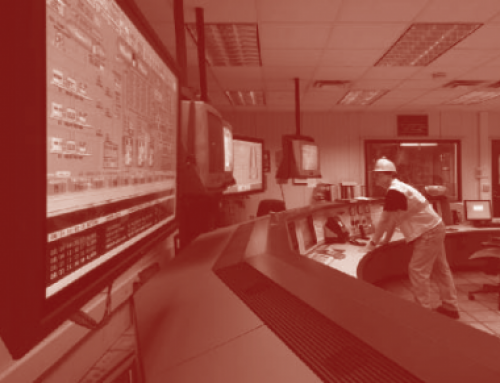New technologies are transforming the way we plan, design, build, and operate transportation systems. Transport agencies use them to count traffic, detect crashes, collect tolls and fares, and manage transit operations and traffic signal systems. Travelers depend on traffic condition reports, electronic maps, on-board vehicle performance monitors, real-time transit arrival information, and a host of other services that did not exist a generation ago. Some of us are already driving hybrid vehicles or commuting in buses powered by hydrogen or biofuels. For the future, we all are counting on additional advances in transportation technology, not just to get us where we want to go, but also to reduce greenhouse gases, improve air quality, and support economic development.
For the future, we all are counting on additional advances in transportation technology…
 As these examples suggest, technologies for transportation often involve the application of new materials or tools, such as emission control devices or a long-lived pavements. Many research and development efforts are focused on these physical artifacts. However, technology also extends to the broad set of methods, procedures, and organizational arrangements for delivering transportation facilities and services, as well as to the user applications that a new device or method finds in the marketplace. These “soft” elements are often key to a technology’s success, or the lack of it. For example, if a variety of technologies are vying for a market, it’s important to know whether that market is large enough to be shared, or so small and specialized that only a few providers (if any) can succeed. Factors such as design standards and product specifications can enable technologies or block them, as can rules about competitive bids and product liability. And the political acceptability of a new technology’s impacts, including its social and environmental consequences, may be as important as-or more important than-the technology’s effects on mobility or its cost-effectiveness. Planners and engineers need to understand a new technology’s potential, as well as its limitations, in order to effectively build it into new project proposals. Decision-makers need evidence on benefits and cost, including social, economic, and environmental effects, to weigh whether to invest in a new technology or stick with traditional approaches. New technologies can disrupt established ways of doing things, and so technology development may need to be complemented by institutional analyses that allow leaders to remove barriers and support innovations. Research on this full range of issues can help inform these decision processes as well as advance the technologies themselves.
As these examples suggest, technologies for transportation often involve the application of new materials or tools, such as emission control devices or a long-lived pavements. Many research and development efforts are focused on these physical artifacts. However, technology also extends to the broad set of methods, procedures, and organizational arrangements for delivering transportation facilities and services, as well as to the user applications that a new device or method finds in the marketplace. These “soft” elements are often key to a technology’s success, or the lack of it. For example, if a variety of technologies are vying for a market, it’s important to know whether that market is large enough to be shared, or so small and specialized that only a few providers (if any) can succeed. Factors such as design standards and product specifications can enable technologies or block them, as can rules about competitive bids and product liability. And the political acceptability of a new technology’s impacts, including its social and environmental consequences, may be as important as-or more important than-the technology’s effects on mobility or its cost-effectiveness. Planners and engineers need to understand a new technology’s potential, as well as its limitations, in order to effectively build it into new project proposals. Decision-makers need evidence on benefits and cost, including social, economic, and environmental effects, to weigh whether to invest in a new technology or stick with traditional approaches. New technologies can disrupt established ways of doing things, and so technology development may need to be complemented by institutional analyses that allow leaders to remove barriers and support innovations. Research on this full range of issues can help inform these decision processes as well as advance the technologies themselves.
The papers in this issue of ACCESS examine several technologies that are of key interest to transportation today: motor vehicle fuels, fuel efficiency standards, electric vehicles, and new technologies for transit and highways. The papers were written in honor of Professor Charles Lave of UC Irvine and Professor Alex Farrell of Berkeley, both of whom passed away in Spring 2008. Charlie and Alex are fondly remembered by their colleagues and students, and much missed.
The issue also marks my departure as director of UCTC, at the end of my second five-year term. I’ll be on sabbatical, but reading ACCESS.
Elizabeth Deakin

